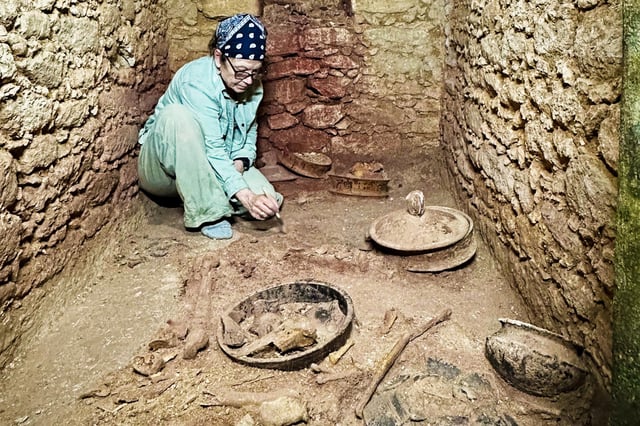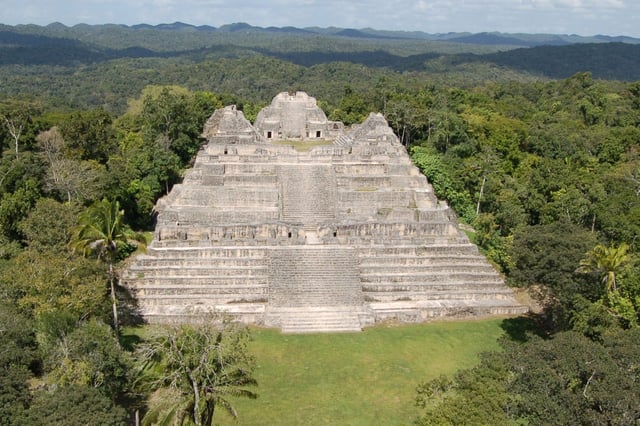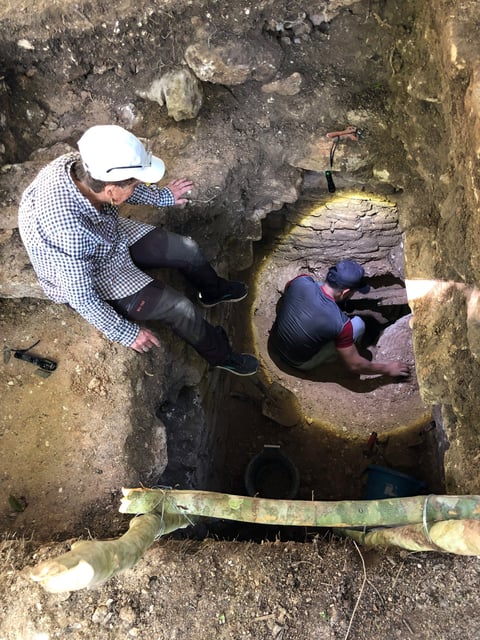Overview
- University of Houston archaeologists have fully documented the tomb of Te K’ab Chaak at Caracol’s Northeast Acropolis, confirming him as the city’s first ruler who acceded in 331 AD.
- The burial chamber contained eleven pottery vessels, carved bone tubes, jadeite jewelry, a mosaic jadeite death mask and Pacific spondylus shells, highlighting advanced Maya funerary traditions.
- Bioarchaeological analysis indicates Te K’ab Chaak died at an advanced age, stood about 5′ 7″ tall with no remaining teeth, and his remains are now being subjected to DNA and stable isotope testing.
- Iconography on the pottery and the presence of materials like green obsidian and jadeite point to formal diplomatic exchanges with Teotihuacan by around AD 350, predating the AD 378 entrada.
- Researchers are in the process of reconstructing the jadeite mask and will present detailed findings on Maya–Teotihuacan interactions at a Santa Fe Institute conference in August 2025.


